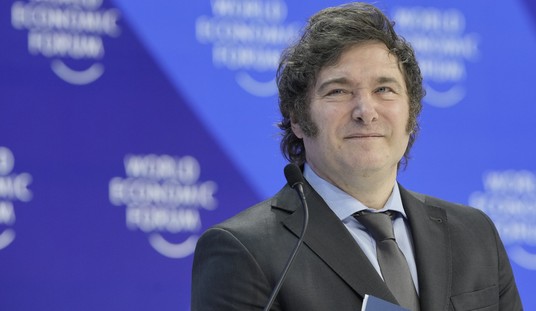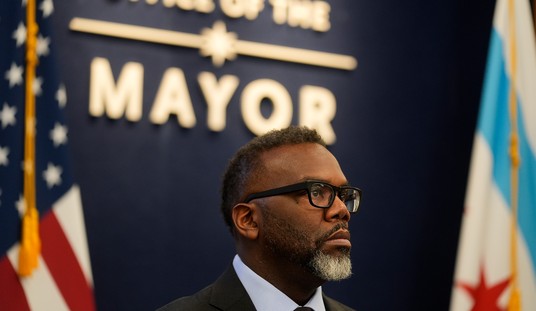 There’s a new documentary out of Italy that’s making the rounds in film circles, and followers of fashion — by which I mean everyone, because don’t we all need to get dressed in the morning? — should take note. It’s called “Schuberth: l’Atelier della Dolce Vita,” and it’s a charming profile of Emilio Federico Schuberth, a designer of alta moda (high fashion) in Rome during the heyday of Cinecitta.
There’s a new documentary out of Italy that’s making the rounds in film circles, and followers of fashion — by which I mean everyone, because don’t we all need to get dressed in the morning? — should take note. It’s called “Schuberth: l’Atelier della Dolce Vita,” and it’s a charming profile of Emilio Federico Schuberth, a designer of alta moda (high fashion) in Rome during the heyday of Cinecitta.
Active from the 1940s through the 1960s, Schuberth was the “tailor to the stars.” The fashion faithful made pilgrimages to his atelier on the Via Condotti; his creations were worn by Rita Hayworth, Brigitte Bardot, Princess Soraya, Sophia Loren, and Gina Lollobrigida. In a 1954 photograph, we see Lollobrigida chatting with Marilyn Monroe; with its sensuous silhouette and artful draping, the Italian actress’s pink Schuberth dress is infinitely superior to the frankly unimaginative white conical-bra-with-skirt number worn by our brainy, busty blonde.
Now, remember that scene in Fellini’s La Dolce Vita where ellegantly attired models navigate a catwalk, while there at the back, a shy young woman stands with her clipboard, sweetly melting with excitement to be part — even peripherally — of such a stylish scene? That’s a Schuberth fashion show. And today, so many years on, that celluloid parade of poetry in motion still has the power to move viewers to want to pursue a career in fashion.
Even those who were destined to follow fashion as a career, the ones born into garment-business families — like Carla Fendi and Lavinia Biagiotti, who both provide commentary in the film — take on the air of starstruck teens at an early Beatles concert when speaking of Schuberth. At the height of his fame, Schuberth was called the “Italian Dior.” But such is his ongoing relevance that today he invites comparison to designers who rose to fame after him: Gianni Versace, Jean Paul Gaultier.
Today, Schuberth the fashion icon is largely forgotten. Googling the name yields … a German manufacturer of motorcycle helmets and protective headgear for Formula One racers and industrial workers. Everyone’s familiar with Valentino, the designer beloved by movie stars who got his start in fashion at Schuberth’s atelier, as the style sorceror’s apprentice. But Valentino’s first boss was a prescient pioneer, a marketing genius with an ambition that dwarfed his already-small petite stature.
Well before Halston would make his memorable appearance on TV’s “The Love Boat” in 1981, surrounded, rock-star-style, by model-groupies wearing his designs, Schuberth knew how to make the scene, a pack of live, Schuberth-clad mannequins always in tow. He was a pioneering publicity hound, delighted to appear in countless promotional newsreels and even going so far as to milk his own daughter’s nuptials for maximum attention — engraved on the wedding invitation was the fashion credit “gown by Schuberth,” long before Joan Rivers and an army of red-carpet commentators would focus media attention on award-show attire.
But another facet of fashion know-how emerges in this documentary: Schuberth understood the importance of appearance, and the power of well-made clothing to improve a person’s status in life. He cared — really cared — about his clients. “To reach success,” he said, “a woman should be always chic, elegant, special, always a la page [French for “with-it”], modern … because an elegant woman has more chance to have success.” He also cared about women who weren’t his clients, but wanted to be, opening a boutique that sold lower-priced versions of his heady, movie-set-ready creations (like “Project Runway” alumnus Christian Siriano, a worthy Schuberth heir, who designs gorgeous shoes for Payless and recently opened a retail store in New York City).
And long before today’s popular concept of televised makeovers, Schuberth mounted a campaign to improve the appearance of one high-profile woman whose beauty he admired, but whose style he found appalling: Princess Margaret. Newsreels feature Schuberth offering the Princess fashion tips, while archival footage and stills show the designer sketching entire wardrobes of elegant, modern looks just for her. Reality-TV producers would be all over that as a show concept today, to be sure. But watching his repeated attempts to constructively critique Princess Margaret’s outdated look, one gets the distinct impression that Schuberth waged his crusade not just for the notoriety of it all, but because he sincerely wanted Queen Elizabeth’s kid sister to look her modern best.
Many intelligent talking heads offer articulate sound bites throughout the film: among them are Christian De Sica, son of the great actor-director Vittorio De Sica; numerous journalists in and out of fashion; and two iconic divas of the Italian cinema, Gina Lollobrigida and Sophia Loren.
La Lollobrigida and La Loren are both still beautiful, but they’re terribly dressed, and so they appear much older than they need to. Without Schuberth’s glam guidance, they look irrelevant, like refugees from the set of “Dynasty” — the opposite of “with-it.” And whose fault is that? Not theirs, but the fashionisti who design exclusively for teens and twentysomethings with stick figures, for whom 30 is over the hill. Where are the designers up to the challenge of keeping ageless women looking their relevant best?
Loren, especially, wearing eyeglasses and a diamond collar around her still-beautiful neck, looks decidedly not a la page (although she routinely looks stunningly youthful at televised awards shows). Schuberth must be turning somersaults in his grave to see his two most famous fashion plates as they look today. Will someone, somewhere please give these bella donnas a makeover? Doing so would empower women around the world, because if film history’s two most gorgeous brunettes aren’t staying stylish, what hope could there possibly be for the rest of us?
As I contemplate turning 50 in a few short years, looking down the barrel of my dotage, I intend to do my best to stay a la page mentally, physically, and yes, sartorially. The global garment industry isn’t doing much to help empower women like me, however. Precious few stylists today care about us “over-the-hill” women; only the couture takes into consideration the wardrobe needs of the over-40 set, but custom fashion is the exclusive realm of the very wealthy.
Despite the best efforts of the very helpful, very with-it More magazine, contemporary fashions are still aimed at the physiques and tastes of teens and twentysomethings. The fashion media leadership simply isn’t doing its part. Instead of offering glam guidance and empowerment for women of her generation, Vogue magazine’s closely-watched editor-in-chief and resident style icon Anna Wintour appears more concerned with becoming a political player by endorsing designer accessories to support the re-election of her presidential candidate.
There might be good news on the horizon, as Italian entrepreneurs in Naples are gearing up to relaunch the Schuberth label. Let’s hope the venture succeeds in resuscitating this legendary designer’s glamorous goodwill to women, with flattering, with-it looks for different ages, at different price points. Meanwhile, September 6-13 is Fashion Week in New York City. Here’s hoping one of the many design houses exhibiting there will consider taking a page from Emilio Schuberth’s book of style.
***
More on Fashion at PJ Lifestyle:











Join the conversation as a VIP Member